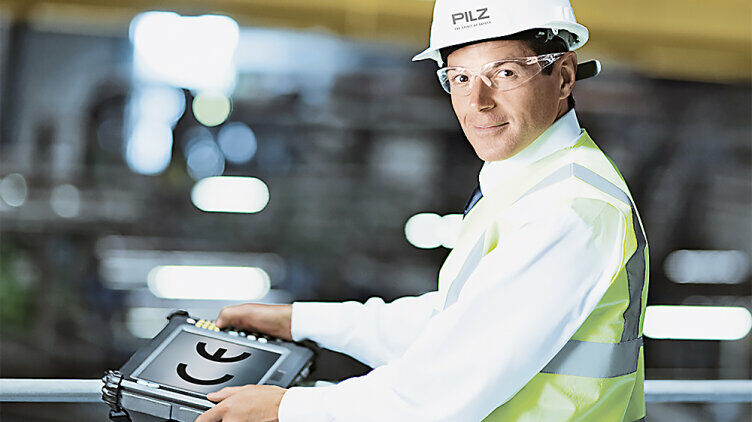Step 3: Ensure that safety regulations are met: The machine manufacturer is obliged to comply with the essential health and safety requirements in accordance with Annex I of the Machinery Directive. The formulation of these requirements is relatively abstract, but specifics are provided through European standards. The EU publishes lists of harmonised standards. Application of these standards is voluntary, but compliance does provide presumption of conformity with the regulations. This can substantially reduce the amount of evidence required, and a lot less work is needed for the risk assessment.
Step 4: Perform the risk assessment: The manufacturer is obliged to carry out a risk assessment. The contents and scope of risk assessments are not specified in any directive, but the standard EN ISO 12100 describes the general procedure.
Step 5: Validation: Validation is one of the most significant steps in the conformity assessment procedure and therefore the declaration of conformity. It is essential for proving that all safety regulations have been met.
Step 6: Compile the technical documentation: Technical documentation in accordance with the Machinery Directive can be quite extensive, depending on the complexity of your product. It must be retained for at least ten years after the machine is placed on the market and must be available to present to the relevant national authorities.
Step 7: Issue the declaration of conformity: By issuing the EU declaration of conformity, the manufacturer declares that he has considered all the directives that apply to the product.
Step 8: Affix the CE mark: The CE mark may be affixed once the EU declaration of conformity has been issued. The CE mark must be visible, legible and indelible. It’s important that the CE mark is clearly distinguishable from any other CE marks, on components for example. To avoid confusion with any other markings, it is advisable to affix the CE marking for the complete machine to the machine type plate, which must also contain the name and address of the manufacturer.



